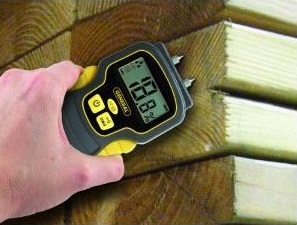When working with heavy machinery, protecting your eyes is of utmost importance. Low quality vision wear can easily crack and chip. And at the moment you need protection the most, they could cause more of a problem than protection to your eyes. Making sure you always wear quality, high impact glasses or goggles can mean the difference between keeping and losing your vision for life.
Regular sunglasses are no substitute for safety goggles. Metal shavings, sparks, wood chips and gravel are microscopic and can easily penetrate the space between traditional glasses and your face. These particles are usually traveling at high rates of speed and could lead to blindness. The protection in the periphery of the eye wear is imperative to protecting your eyesight.

Trusting your vision protection to cheap safety glasses could spell a problem in many more ways than one. Aside from the potential of allowing shatter fragments in your eyes with a great enough impact, cheap eye protection lack additional features, such as fog-proof lenses and UV protection. This prevents damage from UV radiation to eyelids, the cornea and lens of the eye.
When you are working hard, you don’t want your goggles to fog up, especially when precision is crucial. Skipping the cheap eye protection also means you avoid loose-fitting equipment. Glasses frames that are resilient to stretching and loosening are imperative to maintaining a snug fit when you are active with your hands and can’t be bothered to adjust and readjust your eyewear.
Permanent blindness or reductions in vision are risks associated with not taking the proper precautions to protecting your eyes. So it is the first step you should take after strapping up your boots and heading out to work in the morning. There are also more stylish and prescription goggle options, so there is no reason to not put them on and protect your eyes. They are, after all the only ones you have.


